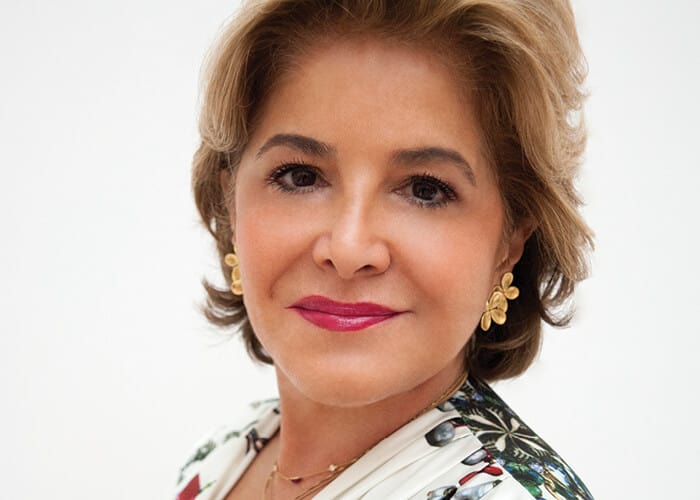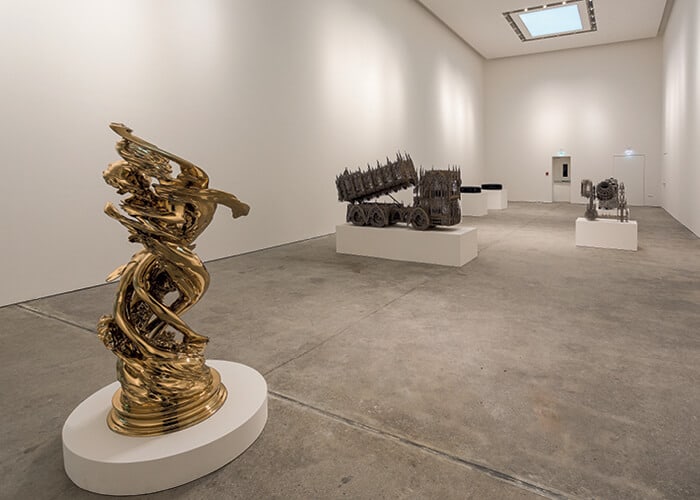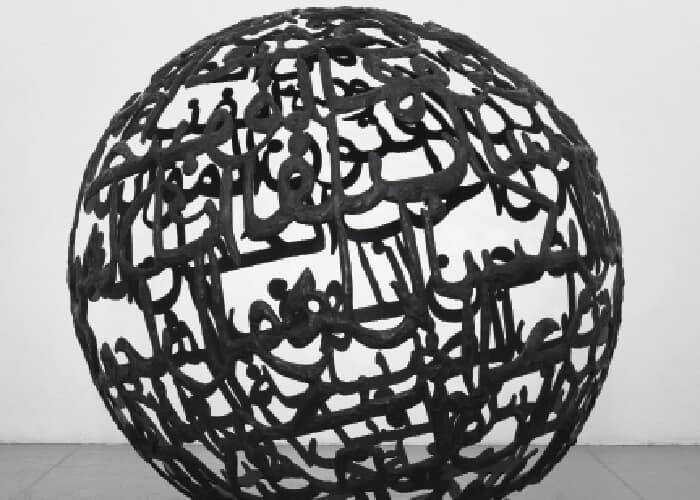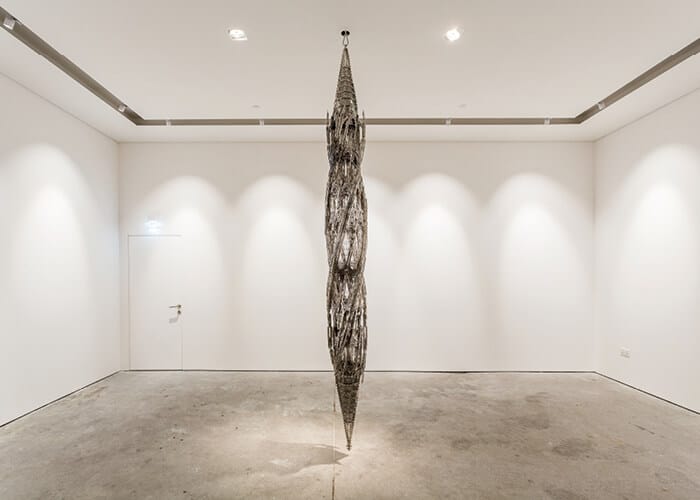Are we too regional in our ideas about establishing self-sufficient art markets within the continent? Should we be embracing the sale of international artists locally? Leila Heller raises some important questions following the establishment of New York’s Leila Heller Gallery in Dubai.
 Leila Heller. All images courtesy of Leila Heller Gallery.
Leila Heller. All images courtesy of Leila Heller Gallery.
The New York-based Leila Heller Gallery has opened up its first international space in Dubai. Spanning three exhibition spaces over fourteen thousand feet, the Leila Heller Gallery is currently the largest art gallery in the United Arab Emirates. In this interview, Leila Heller speaks to ART AFRICA about the growing market for artistic production from this region, balancing established and emerging talent, and the importance of cultural exchange.
 Installation view of Wim Delvoye’s exhibition at Leila Heller Gallery Dubai.
Installation view of Wim Delvoye’s exhibition at Leila Heller Gallery Dubai.
ART AFRICA: Leila Heller Gallery was first established in the United States and recently opened its first international space in Dubai. What prompted this decision?
Leila Heller: I have been traveling to the region for the last ten years to attend both Abu Dhabi Art and Art Dubai and, while there, I have developed a great client base in the region. Dubai has become a major arts hub, connecting Asia, Southeast Asia, Europe and the rest of the West. Many major museums, institutions and foundations are being established there in the near future, which will add to the city’s importance as an arts centre.
From your experience, what are some of the major differences between these local markets?
New York has long been the heart and centre of the art world and is the birthplace and home to some of the most important museums, institutions and galleries in the world. It is therefore difficult to compare to Dubai, which has only just established itself as a major arts hub. We do however find it very exciting to be part of an art scene that is on the rise.
To what extent is the cultural exchange between these regions balanced and how does the global art market affect this?
Cultural exchange is important, but at the end of the day we are a gallery dedicated to promoting exciting artists from around the world whose art we believe in. We don’t get caught up in where they are from.
 Ghada Amer, The Words I Love The Most, 2012. Bronze with black patina. 152.4 x 152. 4 x 152. 4cm.
Ghada Amer, The Words I Love The Most, 2012. Bronze with black patina. 152.4 x 152. 4 x 152. 4cm.
The Leila Heller Gallery has featured a wide variety of internationally influential artists; including Picasso, Warhol, Lichtenstein and Jean Michel Basquiat. What strategies are in place to help establish sustainable careers for emerging artists, given their relative proximity to such canonical figures?
We work with few emerging artists at the gallery. Mostly we focus on representing mid-career and established artists. I would say the most important elements in building a solid career for an artist comes from developing a committed collector base, placing artworks in internationally recognised, influential institutions and creating a global demand for the artist’s work, not purely a regional one. In many senses, emerging and established artists are only as good as their last body of work in the eyes of the art market. Much of a gallery’s job is properly communicating the artist’s work to their audience and to be able to distinguish the right audience.
In your opinion, what steps should be taken to establish an autonomous art market in Dubai?
I don’t think that the goal is really to establish an autonomous art market in Dubai. Rather, I think it is to assimilate the collector base in Dubai with the general happenings and functions of the art world on a global level. It is fantastic to have a vibrant energy around events like Art Dubai from a local and international perspective, but I would say one of the longer-term goals is to see more collectors from Dubai coming to Art Basel, for example. Bringing international artists to Dubai, our hope is that collectors will become less regional in the scope of their collections, especially from the outset of forming their collections, and look more globally in terms of artists to support.
 Installation view of Wim Delvoye’s exhibition at Leila Heller Gallery Dubai.
Installation view of Wim Delvoye’s exhibition at Leila Heller Gallery Dubai.



